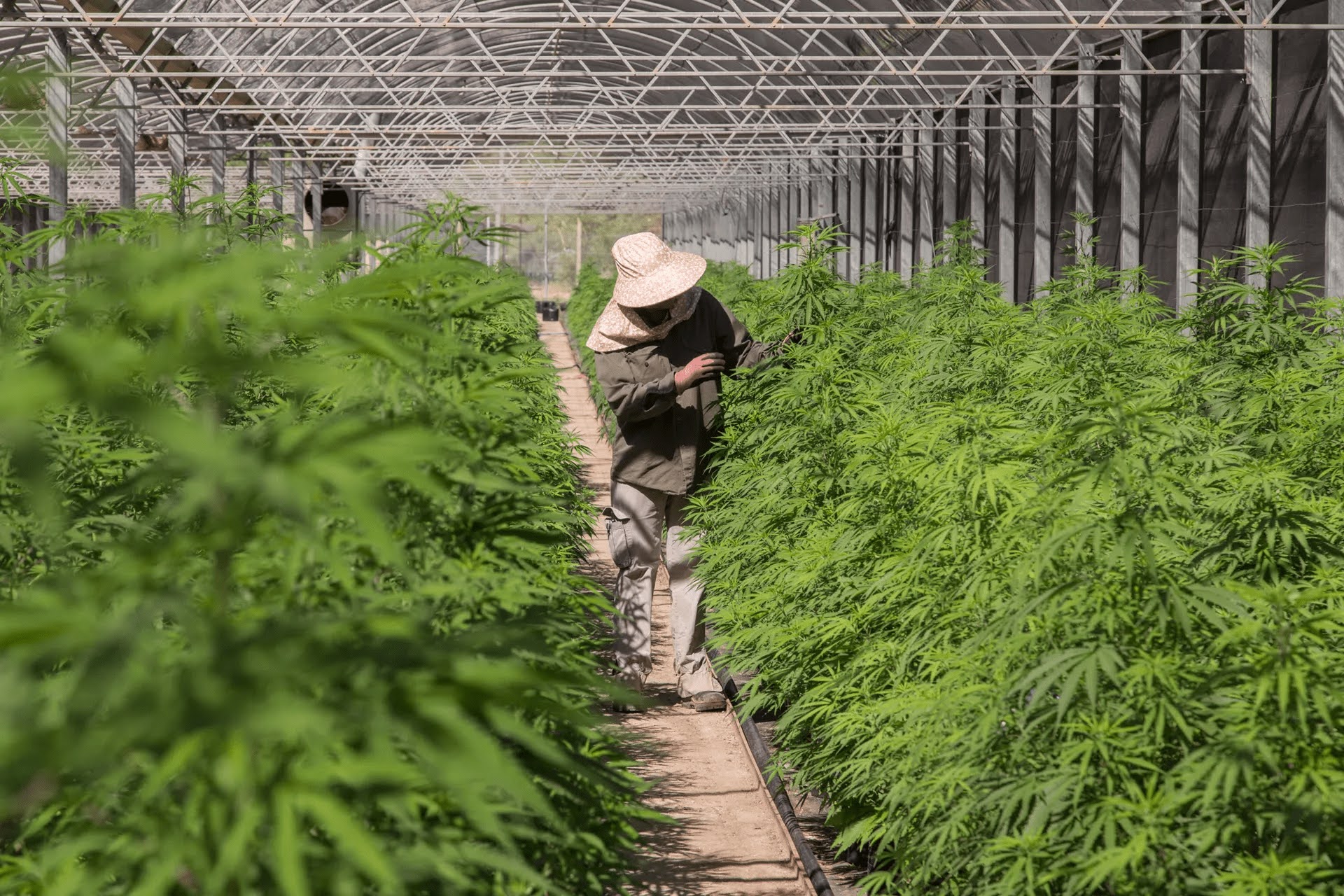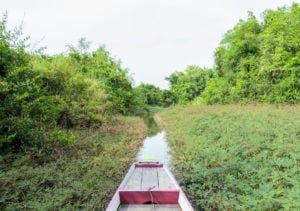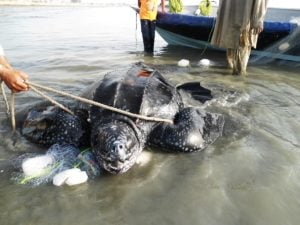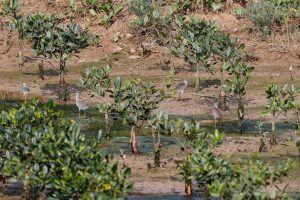In May 2022, the Argentine Congress passed a law regulating the medicinal cannabis and industrial hemp industry. Nine months on, Argentina is taking its first steps in the production, marketing and export of the drug, exploring a market which is still in its infancy, but whose value could reach US$450 million over the next decade, according to official estimates.
45
Cannabis-related projects under development in Argentina
With 45 projects focused on the research and development of cannabis already under way in the country, questions are being raised about the potential environmental impact of the nascent industry, both at the cultivation stage and in its subsequent processing. Consulted by Diálogo Chino, industry experts agreed that this is an underexplored field, although some international studies show potential risks and benefits.
“We are at a very early stage,” acknowledges Lorena Drewes, who participated in the drafting of the new regulations and is currently a consultant for the Federal Investment Council (CFI), a public body that supports economic development at the provincial level.
Cannabis and the environment
Debates surrounding cannabis in Argentina gathered pace in May last year, when President Alberto Fernández enacted Law 27.669, which provided a regulatory framework for public and private investment in the entire value chain. The law complemented another from 2017, which boosted scientific and medical research in the drug, but only allowed production by the federal government for health purposes.
The term cannabis refers to the annual plant cannabis sativa. The species is “complex in its structure”, according to an Argentine government report, due to the presence of more than 550 chemical compounds. Of these, the most studied are the so-called cannabinoids, notably tetrahydrocannabinol, or THC (responsible for the plant’s popular psychoactive effect) and cannabidiol, or CBD (which has attracted the most interest among health practitioners as a treatment for anxiety, insomnia and autism, among other conditions).
However, as the report explains, “The expansion opportunities for this industry are not limited to recreational and medicinal markets, as there are numerous other applications, including cosmetics, textile fibres, clothing and footwear, biofuels, animal feed, construction materials, paper, fertilisers, automotive parts and bioplastics, among others.” 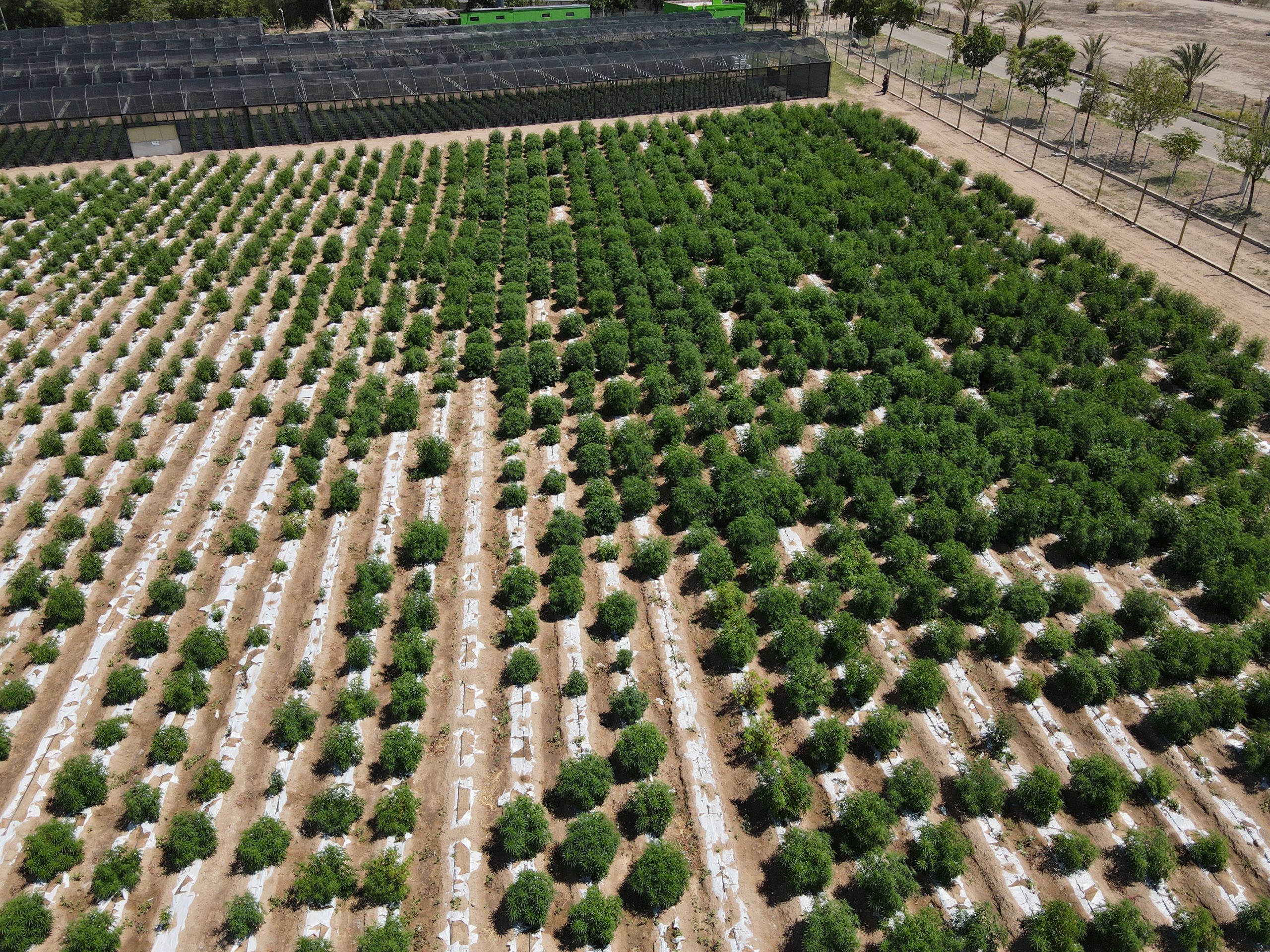
There are three main cannabis cultivation systems: indoor, outdoor and mixed light (which combines elements of indoor and outdoor production). Each can affect the environment in different ways.
Indoor systems, for example, require more external inputs – particularly electricity – which is why several studies have highlighted their high carbon footprint. One paper published in Nature Sustainability calculates that the emissions associated with growing one kilo of cannabis indoors are roughly the same as burning 2,000 litres of petrol. Another estimated that the carbon footprint of mass indoor cannabis production amounts to between 2.2 and 5.1 tonnes of carbon dioxide per kilo of dried flower.
In contrast, field cultivation requires up to 140 times less electricity, according to a study conducted by the Cannabis Environmental Best Practices Task Force in Oregon, United States. But the same study raises concerns about water use: a mature cannabis plant can consume up to 22.7 litres of water per day in the 150-day growing season, almost twice as much as a grape vine.
Studies conducted in the US state of California highlight other concerns. One published in Frontiers in Ecology and the Environment warns of possible deforestation and fragmentation of forest habitats due to commercial cannabis production. Another in Environmental Research Communications notes significant impacts on water resources in the face of “rapidly increasing cannabis cultivation, indicating that potential depletion of water flow is a current and future concern”.
Yet just as these risks are highlighted, so too are the environmental benefits of the plant. Cambridge University researcher Darshil Shah notes that the species can sequester atmospheric carbon “twice as effectively as forests”, while providing carbon-negative biomaterials for architects and designers.
Guillermo Nieto, president of Mexico’s National Cannabis Industry Association, highlights the benefits of hemp – a very low-THC variety of the cannabis plant – in mitigating the negative effects of agriculture on the environment. “It can replace several raw materials, as the plant’s fibres can be used to make biodegradable products from fabric, paper and plastic,” he told Forbes. As an example, he points out that producing a kilo of hemp fibres requires 20 times less water than a kilo of cotton.
What’s happening in Argentina?
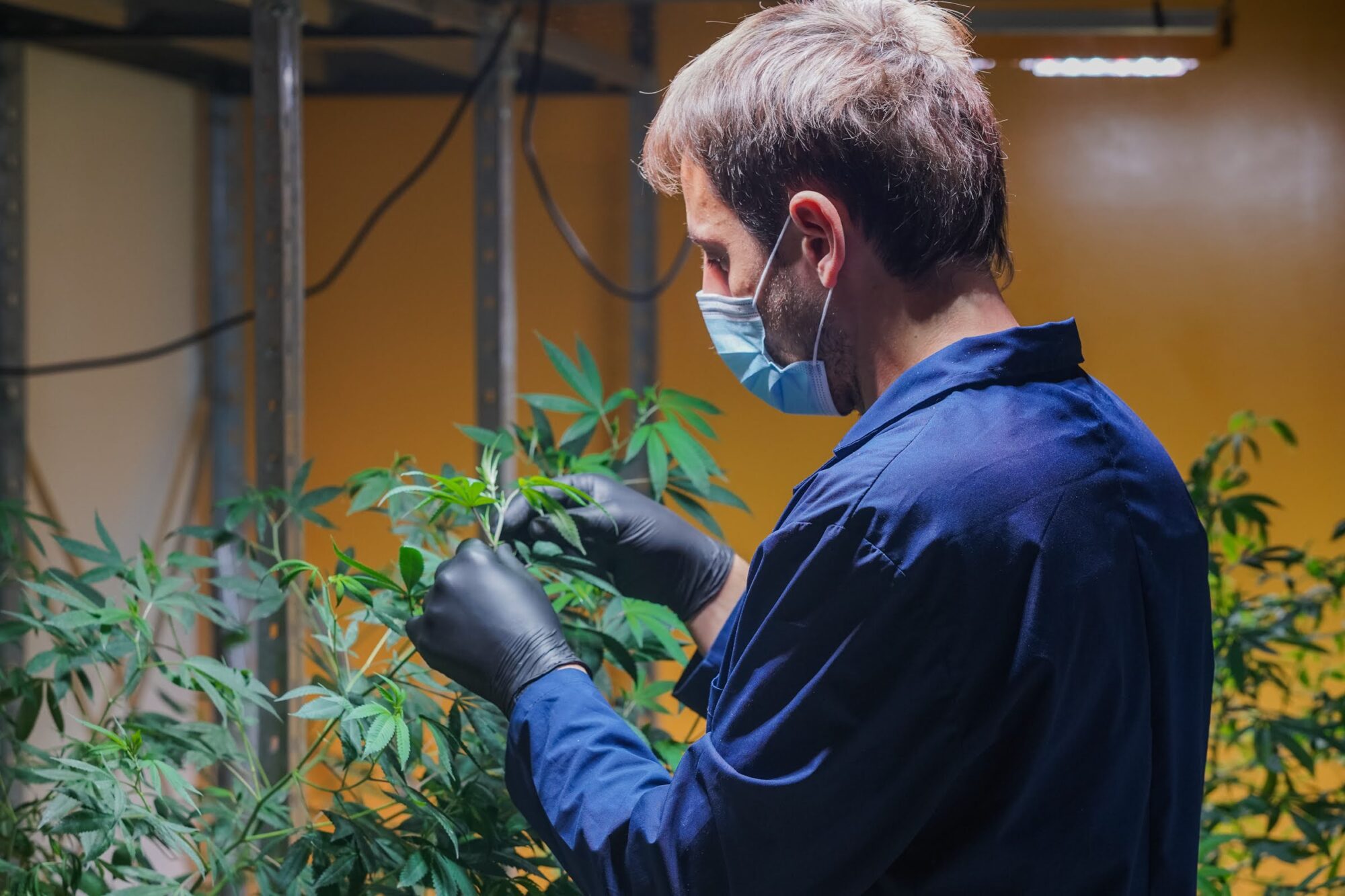
In Argentina there are 45 cannabis-related projects under development. They vary in scale (ranging from small-scale crops produced for community use to large farms which export the plant internationally) and are at different stages of progress. They also vary in terms of the type of investment – there are public, private and mixed projects – as well as their geographical location: a map produced by the state news agency Télam shows that they are present in half of the country’s districts across the country.
The most advanced project, the state-owned Cannava initiative in the province of Jujuy, has received a favourable environmental impact report which states that “it is difficult to detect any relevant negative impacts”.
Cannava plans to produce 80 tonnes of cannabis buds for medicinal purposes, and was the first cannabis project to be authorised by the national health regulator. It is the only “one stop shop” for cannabis in the country, as it includes everything from cultivation to processing. Recently, it was announced that the plant will be 100% supplied by a 6MW solar power station – one of eight solar parks being constructed in the province with a total private investment of US$55 million.
Given that it is intended for human health, all inputs used must be agro-ecological
According to CFI consultant Lorena Drewes, cannabis is a good alternative for provinces wanting to increase their water efficiency and in doing so, drive up profits. Jujuy, like La Rioja, San Juan, Misiones and Corrientes, is one of those provinces outside the humid pampas traditionally dominated by water-guzzling crops such as wheat and maize.
Benjamín Enrici, an agricultural engineer and president of Agrogenética Riojana, a state-owned company that produces medical cannabis in Argentina’s Cuyo region, says: “In my province, water is scarce, so it has to be used efficiently. Cannabis, compared to traditional crops such as olives, fulfils this objective. One hectare of cannabis yields the profitability of 50 hectares of olive trees.”
Santa Fe also has a medical cannabis project under way, which is 100% funded by the provincial government. Cannabis plants are being grown on a 35-hectare plot to supply the Industrial Pharmaceutical Laboratory, which will produce CBD oil to be distributed to the local health system. 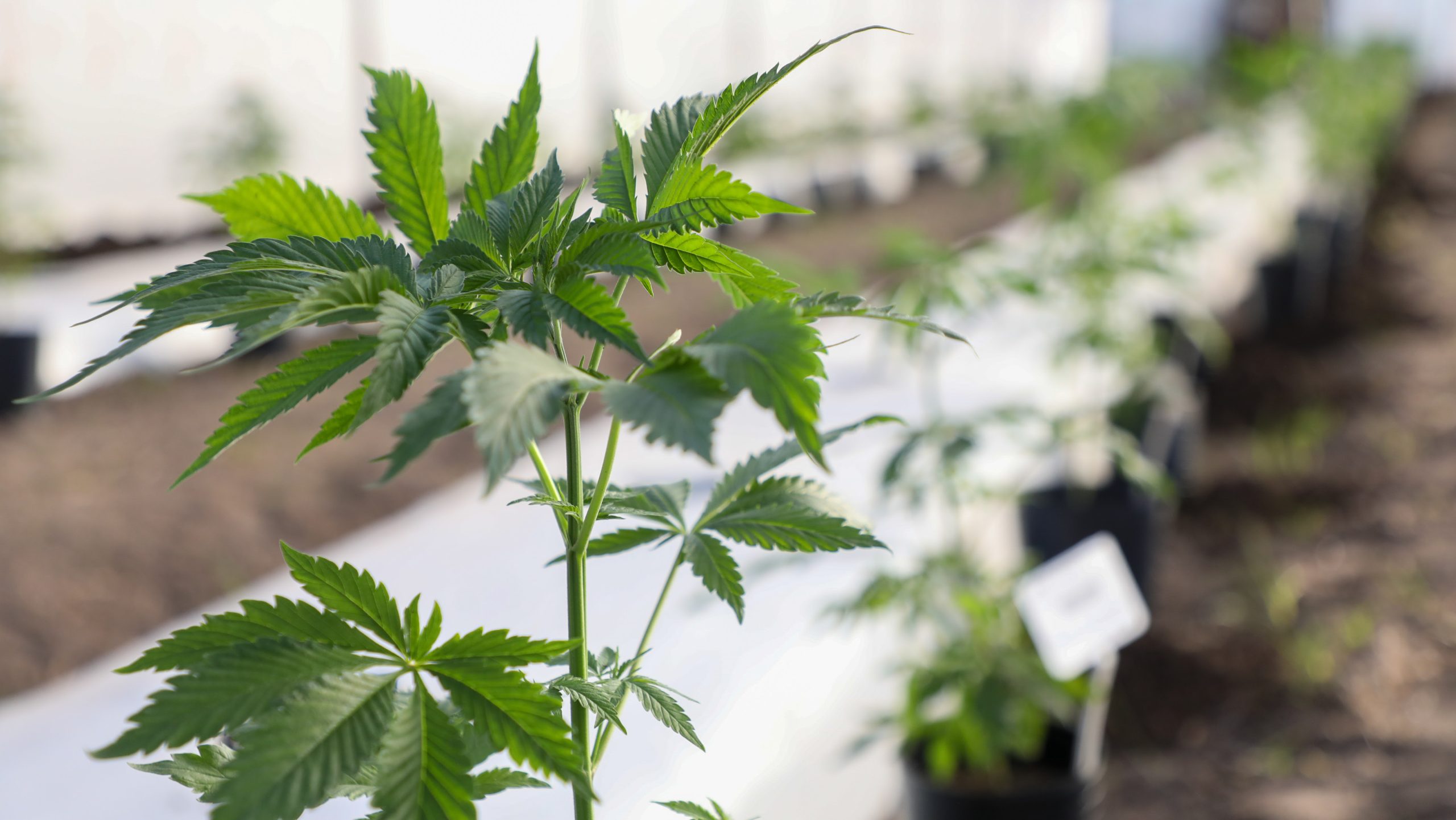
“Given that it is intended for human health, all inputs used must be agro-ecological,” insists Eliana Eberle, the Santa Fe government official in charge of the initiative. “So I see cannabis as the gateway to large-scale agro-ecology.”
A necessary debate
The lack of scientific research around the environmental impacts of cannabis production in Argentina is largely the result of years of prohibition. “Although cultivation has always accompanied humankind, it is only recently that it is making inroads again, and we are at a very early stage,” says Diana Barreneche, director of the civil association Proyecto Cáñamo (Hemp Project).
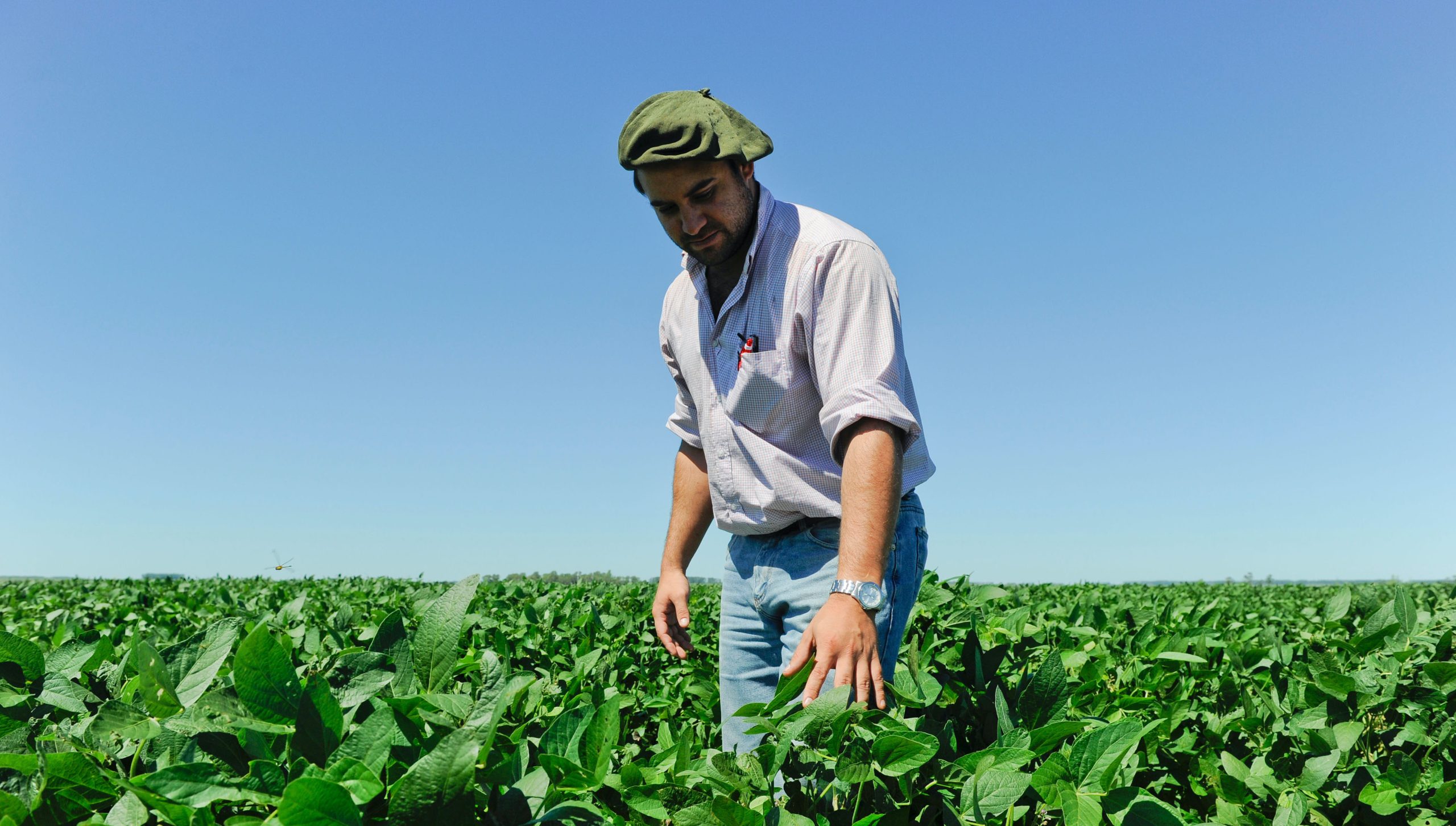
Although international studies offer some background information, not everyone endorses their conclusions: “Some are controversial and are still in a grey area,” remarks Bruno Cravero, director of the Diploma in Cannabis Production and Regulation at the National University of Rosario.
Research into the field, as others have highlighted, is an “imperative need”.
